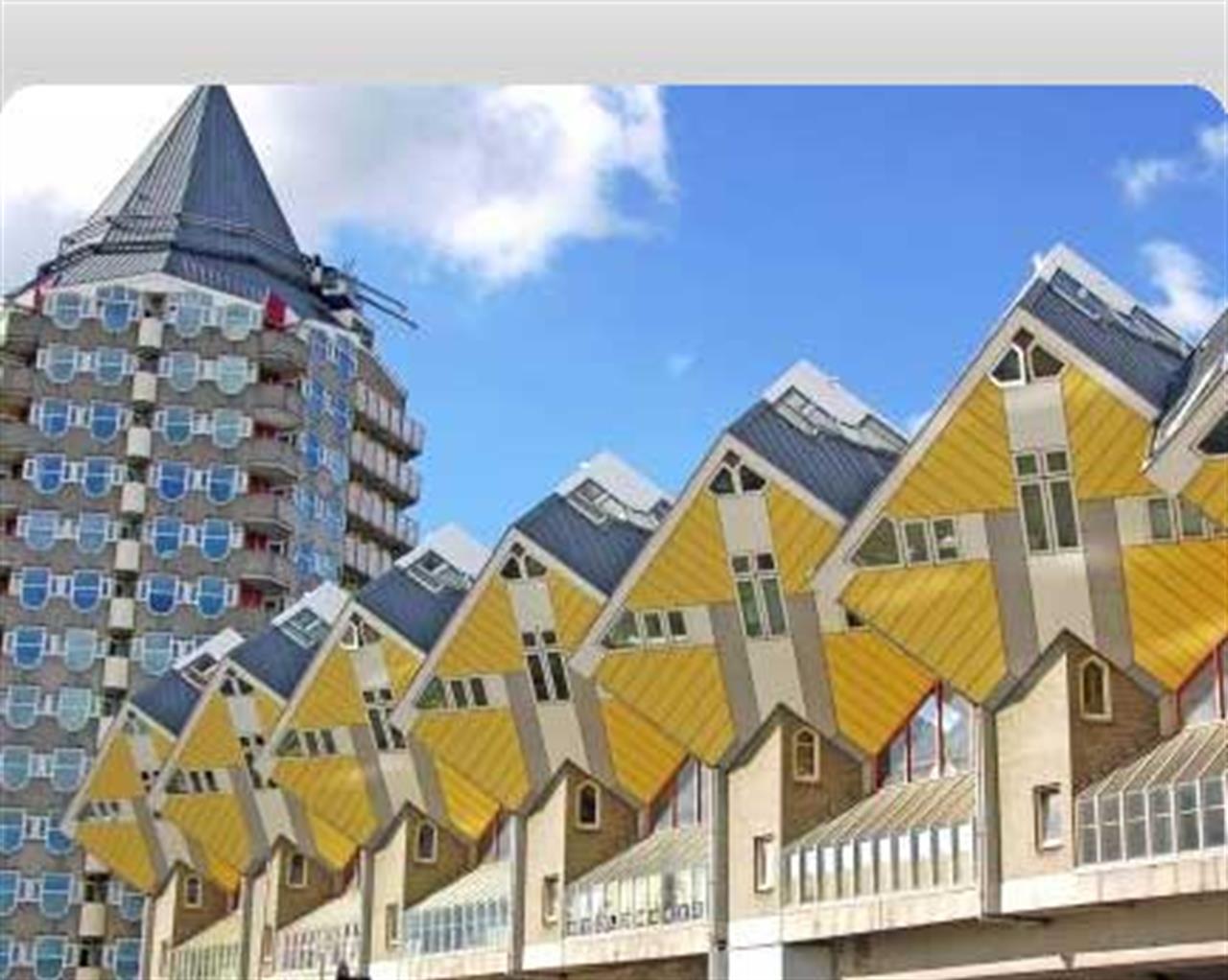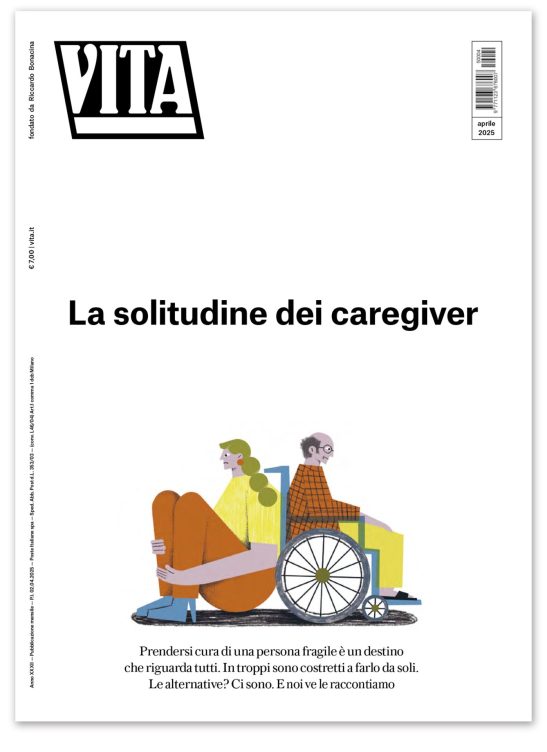Non profit
Housing means social business
Interview with Professor Taco Brandsen on social enterprises and social housing in the Netherlands
di Rose Hackman

Thirty per cent of housing in the Netherlands is social, an astonishingly high figure. That figure reaches almost fifty per cent in large cities such as Amsterdam, The Hague, Rotterdam and Utrecht. What’s more, most of that is managed by social enterprises, meaning a unique approach to the sector in general.
“It is not that surprising,” says Taco Brandsen, associate professor in public administration at the Radboud Nijmegen University, “all these social enterprises are doing is listening to their professional hearts.”
Vita Europe caught up with him to find out how.
How long have social enterprises been responsible for social housing in the Netherlands?
Quite a bit. They started by being very small philanthropic initiatives. After the second world war, they grew hugely due to the vast reconstruction needs and almost became state organisations. In the last fifteen, twenty years, they have regained a lot of their original autonomy. They are now conscious of their unique position and social responsibility.
Is what you are presenting here a best practice?
Social housing in the Netherlands is almost exclusively provided by non profit foundations who call themselves social enterprises. In some ways they are best practices, I am not saying that they are an ideal model that all countries should copy, that would be very arrogant to say because there is also much criticism of the model; but they can do more than state controlled housing providers can
How so?
By diversifying all sorts of social activities. Social housing for poor people is an incredibly important issue and there are many problems attached to it. The best housing providers in the Netherlands have really made innovative projects – developing the social work aspect, dealing with unemployment issues, they have started to look beyond their original traditional mission of social housing as simply putting roofs over people’s heads and look more at the whole life situation of those people living in houses.
So what they’re doing is much more than social housing.
It’s social housing in a broader sense. It’s looking at how people live and making as much use of resources as possible.
Would you say the social aspect is the primary motivator for these social enterprises or is it rather the business aspect of wanting to provide a better, more competitive service?
I would say it is mostly a social mission. Of course it is a business as well: if the people you are providing the service for are happy and have fewer problems, then of course they will stay longer and the neighbourhood might improve which may in turn improve the value of the housing.
But I think that the social aspect is more important. If you can talk to the people in your homes, it is much easier to understand their problems. You see their problems first hand, the poverty, the unemployment and low-education. Social enterprises are in a position to either take things up themselves or be in touch with other agencies to resolve these problems.
A natural progression therefore…
If you visit someone’s home, it is only natural to take a further interest in their lives. All you are doing is listening to your professional heart. I would argue that it is more unnatural to restrict your mission to housing and a purely technical aspect.
Has the model encountered any obstacles? How does the Dutch public opinion feel about it?
The strength of the model is also its drawback. These organisations can experiment because they don’t have public control, but the down fall of that is that they can also make mistakes. They lose money. Of course this is very controversial because public money is also used. People are afraid of what they could do. The problem with starting something new is that sometimes money is spent on something that doesn’t lead to anything.
If you look at a local level they are seen as very constructive and useful partners, but if you look at public opinion nationally, it is very ambiguous.
Do you think the model will survive and develop?
Yes it will survive, simply because it has survived so far. There is a lot of capital there, and the providers are self-sufficient. In this sense, the system is fairly robust. It’ll get less free though as it is being so scrutinised.
Could the model be exported?
I would not be as arrogant as to say you could export a model as all countries have very different conditions.
What I have found people are interested in is how can you foster this kind of social innovation in a housing context and what would be the tools to do that. It is important that you get social housing providers that are to some extent independent – and of course the good thing with housing is that it does produce some revenue. So if you have a company that is large enough and economically strong enough to finance itself so to speak, you can actually also create something similar. As I said earlier, the social mission should then come naturally to people who are committed to their work.
How easy would you say it is in Europe to learn from each other?
As practitioners, it is very interesting to look at other countries, although you can’t look at things uncritically and you should always build on your own strength.
I think that the tragedy of Europe is that we have so much diversity and good ideas but we share so little. Sometimes, this means we are more eager generally to adopt American models rather than those of countries closer to us, simply because we do not know them or we use different languages to describe these things. We need to make more of an effort to understand each other.
Vuoi accedere all'archivio di VITA?
Con un abbonamento annuale potrai sfogliare più di 50 numeri del nostro magazine, da gennaio 2020 ad oggi: ogni numero una storia sempre attuale. Oltre a tutti i contenuti extra come le newsletter tematiche, i podcast, le infografiche e gli approfondimenti.
